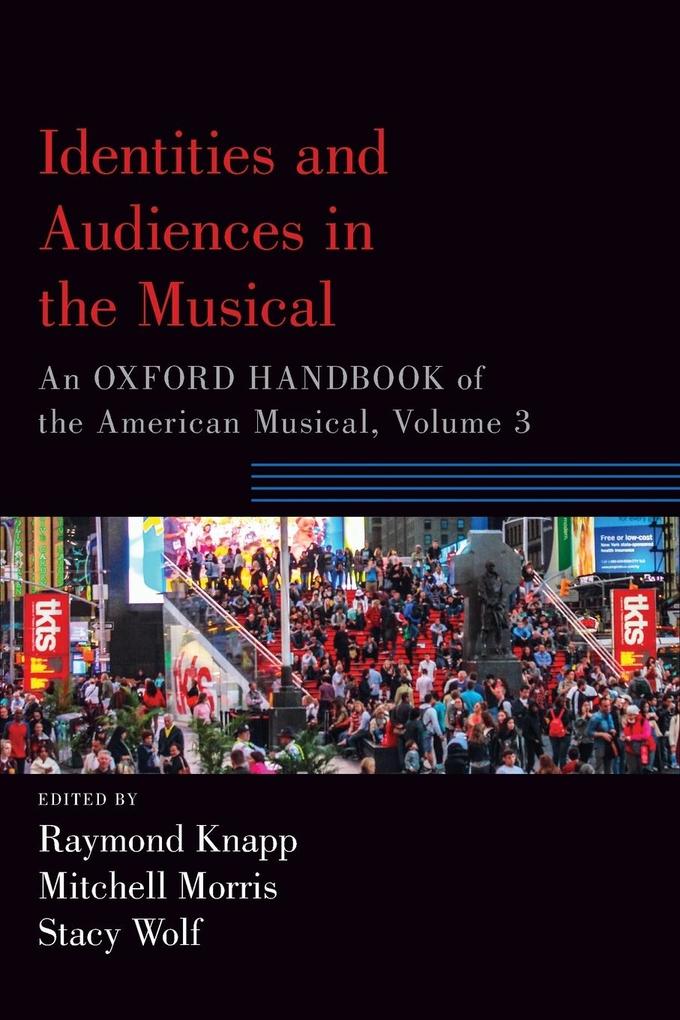
Zustellung: Mo, 11.08. - Do, 14.08.
Versand in 5 Tagen
VersandkostenfreiIdenties and Audiences in the Musical analyzes the ways that musicals have addressed identity in American culture and considers what it means to create a promote a receptive environment.
Issues of identity have always been central to the American musical in all its guises. Who appears in musicals, who or what they are meant to represent, and how, over time, those representations have been understood and interpreted, provide the very basis for our engagement with the genre. In this third volume of the reissued Oxford Handbook of the American Musical, chapters focus on race, ethnicity, gender, and sexuality, regional vs. national identity, and the cultural and class significance of the musical itself. As important as the question of who appears in musicals are the questions of who watches and listens to them, and of how specific cultures of reception attend differently to the musical. Chapters thus address cultural codes inherent to the genre, in particular those found in traditional school theater programs.
Inhaltsverzeichnis
- Introduction by Stacy Wolf
- Part I. Identities
- 1. Race, Ethnicity, Performance
- Todd Decker
- 2. Gender and Sexuality
- Stacy Wolf
- 3. The Politics of Region and Nation in American Musicals
- Chase A. Bringardner
- 4. Class and Culture
- David Savran
- Part II. Audiences
- 5. Box Office
- Steven Adler
- 6. Audiences and Critics
- Michelle Dvoskin
- 7. Stars and Fans
- Holley Replogle-Wong
- 8. Knowing Your Audience
- Jennifer Chapman
- 9. Performance, Authenticity, and the Reflexive Idealism of the American Musical
- Raymond Knapp
- Bibliography
Mehr aus dieser Reihe
Produktdetails
Erscheinungsdatum
01. September 2018
Sprache
englisch
Untertitel
An Oxford Handbook of the American Musical, Volume 3.
Sprache: Englisch.
Seitenanzahl
260
Reihe
Oxford Handbooks
Herausgegeben von
Raymond Knapp, Mitchell Morris, Stacy Wolf
Verlag/Hersteller
Produktart
kartoniert
Gewicht
361 g
Größe (L/B/H)
210/140/15 mm
ISBN
9780190877798
Entdecken Sie mehr
Bewertungen
0 Bewertungen
Es wurden noch keine Bewertungen abgegeben. Schreiben Sie die erste Bewertung zu "Identities and Audiences in the Musical" und helfen Sie damit anderen bei der Kaufentscheidung.
































